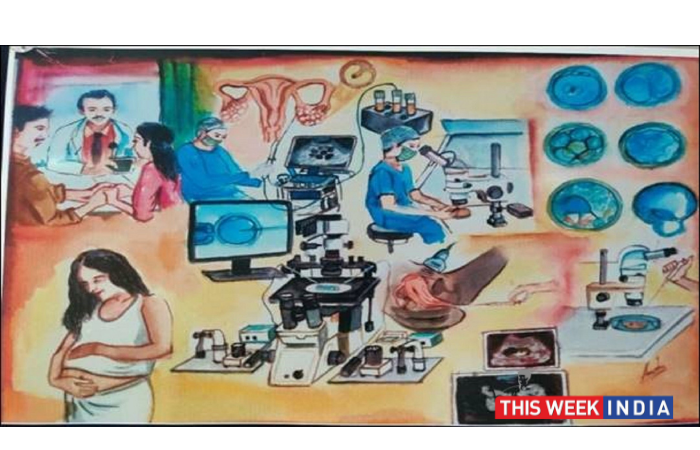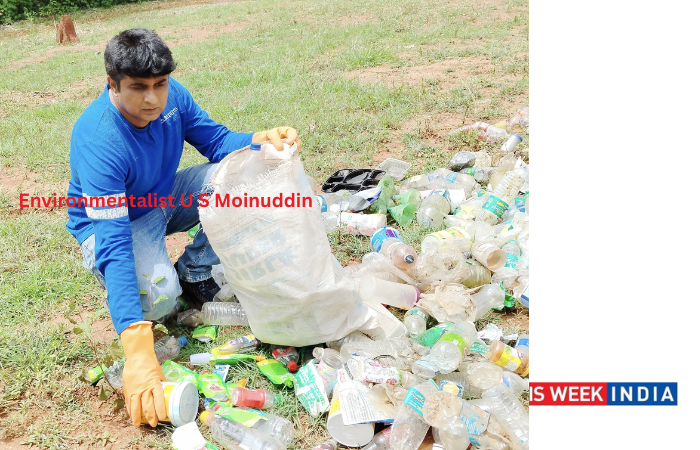IVF brings couples the greatest joy of parenthood. But what is usually left unseen is entire process that involves the hard work and dedication of not just the couple but also the team of doctors who help them achieve that joy. The inability to conceive can lead to feelings of disappointment, guilt, and sometimes even rage. Therefore, couples dealing with fertility issues require the support of a well-qualified team of specialists who can offer them the required treatment and emotional guidance as well.
Let us see the journey of an IVF Couple and how science and human touch come together to create the miracle of life
Journey of an IVF couple
Before arriving at the fertility clinic, there are many obstacles that a couple has to go through. Coming to terms with inability to conceive a child naturally is itself hard. Among all the dilemmas, further deciding to go for IVF can also be an emotional roller coaster. On one hand it raises hope for the couple and simultaneously makes them scared for the future outcome.
Processing a sizable amount of information is required while beginning IVF treatment. This includes hormone regimens, injection schedules, ultrasound appointments, and other frequently confusing medical language and procedures. Multiple decisions must be made, including which clinic to use, which specialist to see, whether to take time off work, whom to inform, and how many embryos to transfer. The strain of IVF can easily leave one feeling confused and overburdened. That is why the role of the doctors and counsellors is so crucial
When a couple arrives at fertility clinic, it’s the first milestone that they clear. There, the fertility experts advise them few necessary fertility tests, and then counsel the couple on the right kind of fertility treatment options available to them.
If they are recommended IVF, the consultant gives them a few injections and harvests the eggs from a woman’s body and sperms are taken from the husband. A qualified embryologist safeguards the egg and sperm and fertilizes them in the lab by creating the best artificial environment that mimics a womb. Embryos require special care because they are 200–300 microns in size and undetectable to the naked eye. Embryos will lose their viability and will not result in pregnancy if not handled carefully.
After embryos are developed into blastocyst stage, they are transferred into the uterus to implant and establish a pregnancy.
Illustration by, Anusha Shenoy, Embryologist at Nova IVF Fertility, shows the role of an embryologist in safeguarding the egg and sperm and fertilizing them in the lab by creating the best artificial environment that mimics a womb.
The two weeks wait – This is the most challenging portion of the cycle, the 10–14 day interval between the embryo transfer and pregnancy test. Your anxieties are as great as your hopes at this time. The waiting can become unpleasant after several weeks of regular injections, appointments, and procedures. During this stage of treatment, many people report experiencing a wide range of emotions and being on continual alert for pregnancy symptoms.
To go through the ups and downs of the process, it is recommended that you choose a fertility clinic that offers mental health counselling along with the treatment options.
Hope and anxiety in Balance- Many claim that trying to maintain optimism while dealing with disappointments is the hardest part of the entire IVF process. The truth is that for the majority of people, hope and anxieties are normal elements of the IVF journey. However, when the couple ultimately becomes pregnant, though, all of the difficulties of the IVF procedure seem worthwhile.
By Dr Mahesh Koregol, Fertility Consultant at Nova IVF Fertility, Koramangala, Bangalore









